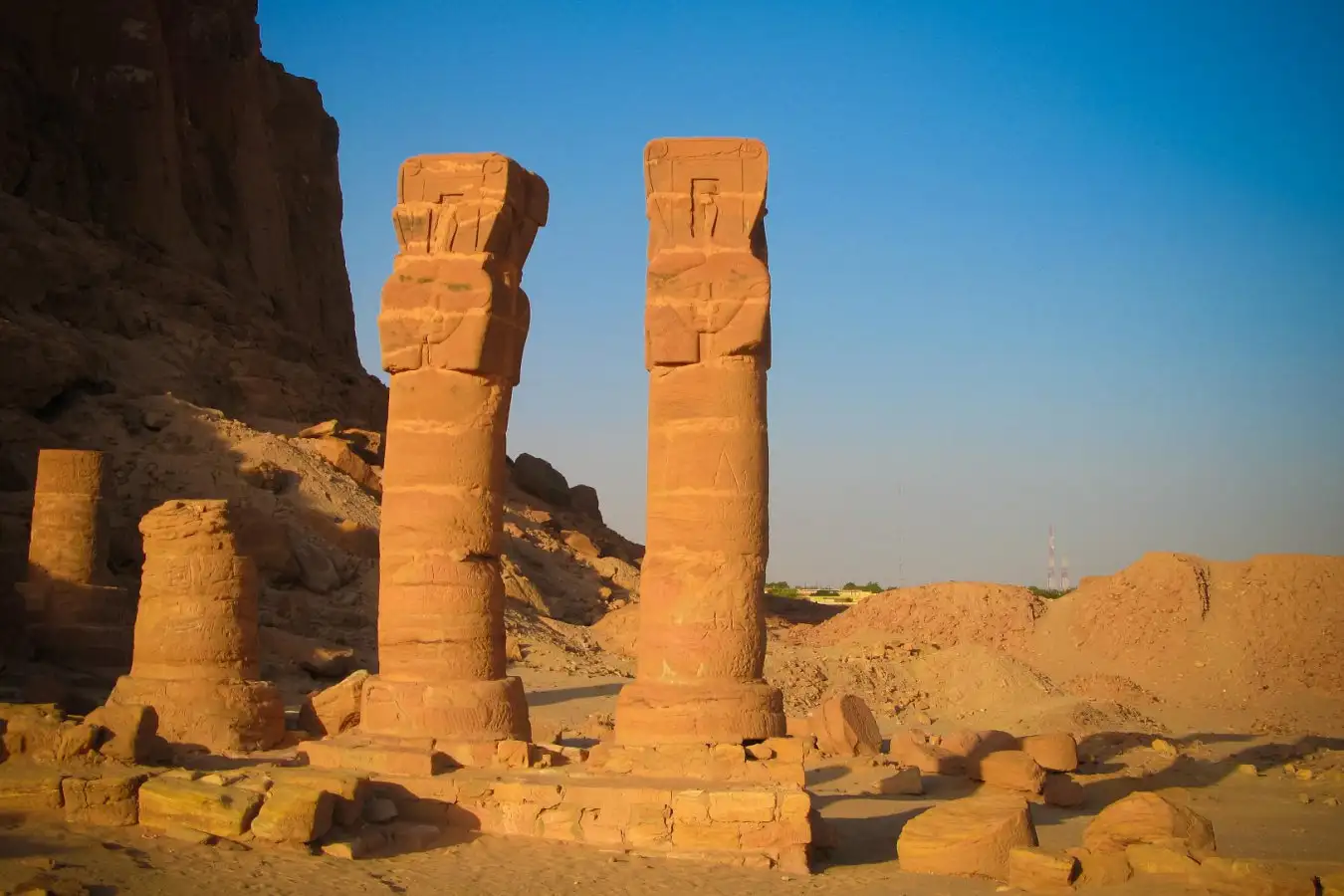Long before Europe’s rise and centuries ahead of modern colonization, the Kingdom of Axum thrived as one of the great civilizations of the ancient world. Located in what is now northern Ethiopia and Eritrea, Axum was a dominant trading empire between the 1st and 7th centuries CE. Its strategic location near the Red Sea allowed it to control major trade routes connecting Rome, India, and Arabia, making it a cultural and economic hub. Yet, despite its historical significance, the empire remains largely overlooked in mainstream historical narratives.
The Axumites were pioneers in architecture, minting their own currency, and constructing towering stone obelisks—some of which still stand today. They were among the first major empires to adopt Christianity, making it the state religion in the 4th century, even before the Roman Empire officially did so. Archaeological evidence and ancient texts show Axum’s influence stretched across the Red Sea into parts of the Arabian Peninsula, showcasing its international clout and sophisticated governance.
As the empire declined due to trade route shifts and environmental changes, its legacy faded from global memory. However, its contributions to religion, trade, and culture remain etched in African history. Revisiting the story of Axum not only honors an advanced African civilization but also reshapes how we understand global power dynamics in the ancient world.




